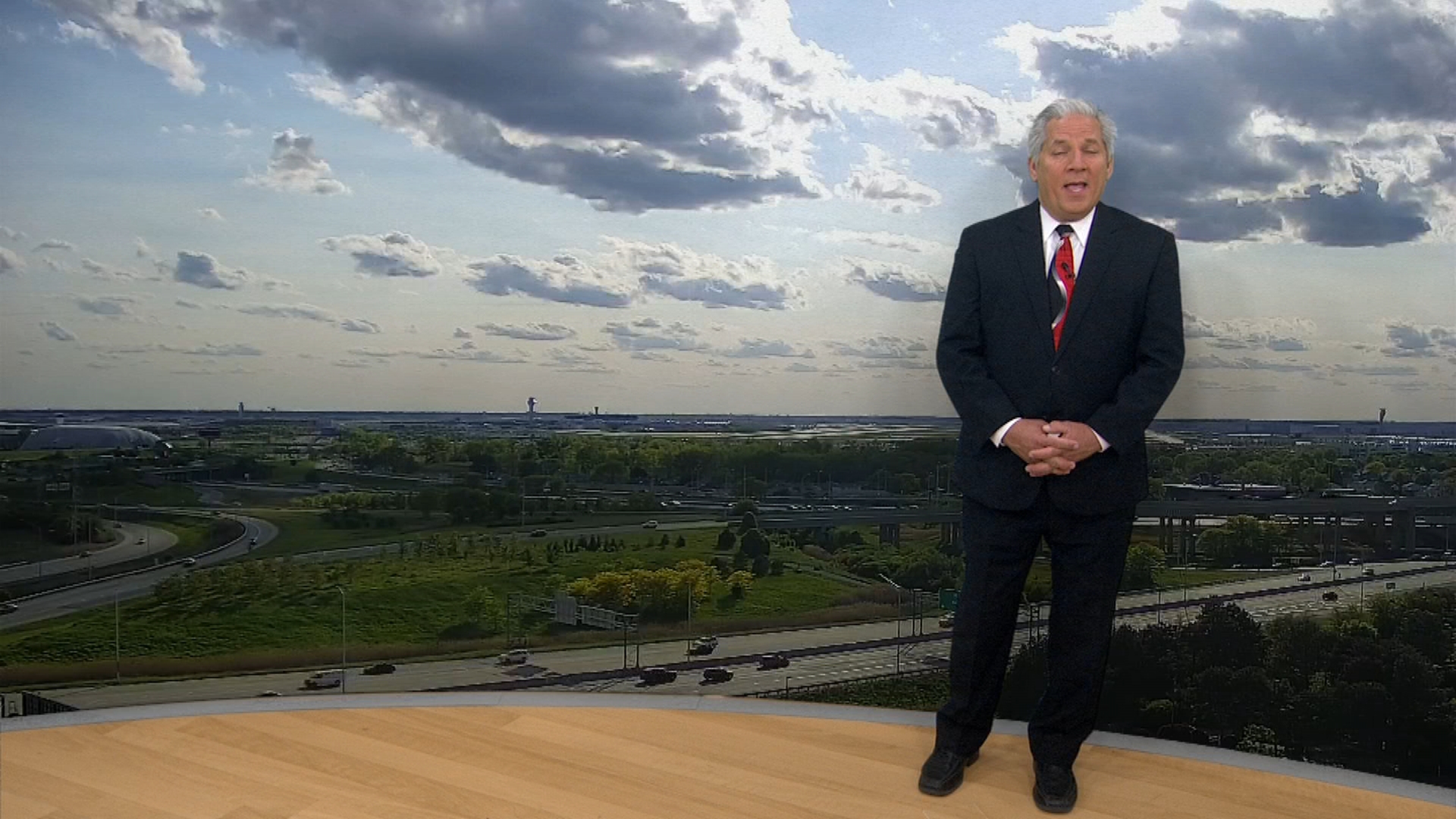It's no secret that Chicagoans are used to the cold. But the brutal temperatures headed our way are something we haven't seen for a while -- five years actually.
Windy conditions and cold temperatures will lead to wind chill values between 15 and 30 degrees below zero beginning Saturday night and lasting through Tuesday, according to NBC 5 Storm Team meteorologists.
As temperatures drop, it's important to be prepared, take precautions and know your resources.
Here's a look at safety recommendations and some helpful reminders ahead of the brutal cold:
Know Your Cold Weather Symptoms and Warning Signs
When the extreme cold occurs, people typically experience one of two weather-related health problems - hypothermia or frostbite.
Hypothermia
Local
Hypothermia, dangerously low body temperature, is the most common "winter weather killer," according to the National Weather Service.
Hypothermia is caused by prolonged exposure to very cold temperatures and is considered a medical emergency, according to the Illinois Department of Public Health. A person might not know it's happening, become confused, and then it might be too late.
Feeling out of the loop? We'll catch you up on the Chicago news you need to know. Sign up for the weekly Chicago Catch-Up newsletter here.
Infants and the elderly are particularly at risk, though hypothermia can be deadly at any age if not treated promptly.
The following are warning signs to keep an eye out for:
Adults:
- shivering, exhaustion
- confusion, fumbling hands
- memory loss, slurred speech and drowsiness
Infants:
- hot red, cold skin
- very low energy
If you notice any of the aforementioned signs, take the person's temperature. If it's below 95 degrees, the person is having a medical emergency and make sure to get medical assistance immediately.
While you wait for medical assistance, or if help isn't available, the American Red Cross recommends you do the following:
- Gently move the person to a warm place.
- Monitor breathing and circulation.
- Give rescue breathing and CPR if needed.
- Remove any wet clothing and dry the person.
- Warm the person slowly by wrapping in blankets or by putting dry clothing on the person.
- Hot water bottles and chemical hot packs may be used when first wrapped in a towel or blanket before applying. Do not warm the person too quickly, such as by immersing him or her in warm water.
- Warm the core first (trunk, abdomen), not the extremities (hands, feet).
Frostbite
A type of injury caused by freezing, frostbite leads to a loss of feeling and color. It typically affects extremities like the nose, ears, fingers, cheeks and toes, and can lead to amputation in severe cases, according to the Centers for Disease Control and Prevention.
If you notice redness or pain in any skin area, get out of the cold; that could be a sign frostbite is developing.
Any of the following signs may point to frostbite:
- A white or grayish-yellow skin area
- Skin that feels unusually firm or waxy
- Numbness
If you notice signs of frostbite on yourself or someone else, you should do the following:
- Move the person to a warm place.
- Handle the area gently; never rub the affected area.
- Warm gently by soaking the affected area in warm. water (100–105 degrees F) until it appears red and feels warm.
- Loosely bandage the area with dry, sterile dressings.
- If the person’s fingers or toes are frostbitten, place dry, sterile gauze between them to keep them separated.
- Avoid breaking any blisters.
- Do not allow the affected area to refreeze.
In a previous article published by Carle Health in central Illinois, Dr. Amol Naik explained that it is important to protect yourself against the elements, so you don't need to seek medical treatment.
“When you’re not dressing warm for the elements, your body will try to correct itself by pushing blood to important organs like your lungs and heart," he said. "This is why you see a change in the color of your skin on your hands, feet and ears.”
Naik said if you're going to be outside, make sure you are conscious of exposed skin, like fingers, ears, nose and more.
“It really is shocking how quickly frostbite can settle in,” he said. “You can be shoveling, walking your dog or standing in line in freezing temperatures, and frostbite will begin to set in as little as 20-30 minutes. You may notice grayish-yellow skin, skin that feels waxy or unusually firm, or numbness.”
Safety recommendations
If you'll need to brave the conditions and venture outdoors, the American Red Cross has several pieces of advice:
- Drink plenty of warm fluids or warm water but avoid caffeine and alcohol.
- Stay active tomaintain body heat.
- Take frequent breaks from the cold.
- Avoid unnecessary exposure of any part of the body to the cold.
Dressing for the extreme cold
IDPH offered the following suggestions to help you stay warm if you have to leave home:
- Wear several layers of lightweight clothing rather than one or two layers of heavy garments. The air between the layers of clothing acts as insulation to keep you warmer.
- Cover your head. You lose as much as 50 percent of your body heat through your head.
- Wear mittens rather than fingered gloves.
- Wear warm leg coverings and heavy socks or two pairs of lightweight socks.
- Wear waterproof boots or sturdy shoes that give you maximum traction.
- Cover your ears and the lower part of your face. The ears, nose, chin, and forehead are most susceptible to frostbite. Cover your mouth with a scarf to protect the lungs from directly inhaling extremely cold air.
Safe heating tips
If you're in need of alternative heating sources, IDPH urges you to keep a few things in mind:
- Any heater that uses wood, coal, natural gas, or kerosene produces carbon monoxide (CO), so adequate ventilation is essential.
- Never use a generator indoors, even with open doors or windows.
- Do not use charcoal or gas grills indoors.
- Do not use a gas oven to heat your home.
Remember that you cannot see or smell carbon monoxide, but at high levels it can kill a person in minutes. Symptoms of mild to moderate poisoning include headaches, dizziness, nausea and lethargy, according to IDPH. Higher levels of exposure can cause fainting, confusion and collapse.
Warming centers
When temperatures are at 32 degrees or below – warming areas are available at the city’s six community service centers from 9 a.m. to 5 p.m., Monday through Friday, according to the city of Chicago website. To find a warming center near you in Illinois, click here.
- The warming areas are available for all residents in need of safe refuge and relief from extreme cold weather.
- Residents must wear a cloth face covering while in the warming areas due to COVID-19 safety precautions.
- City-operated libraries and park facilities also may activate warming areas, if needed, including during evening hours, weekends and holidays.
- For assistance after hours, residents should call 311 to be connected to available services – including placement to an available shelter bed.
- The Garfield Community Service Center at 10 South Kedzie, is open on a 24-hour basis to connect families and residents to emergency shelter.



